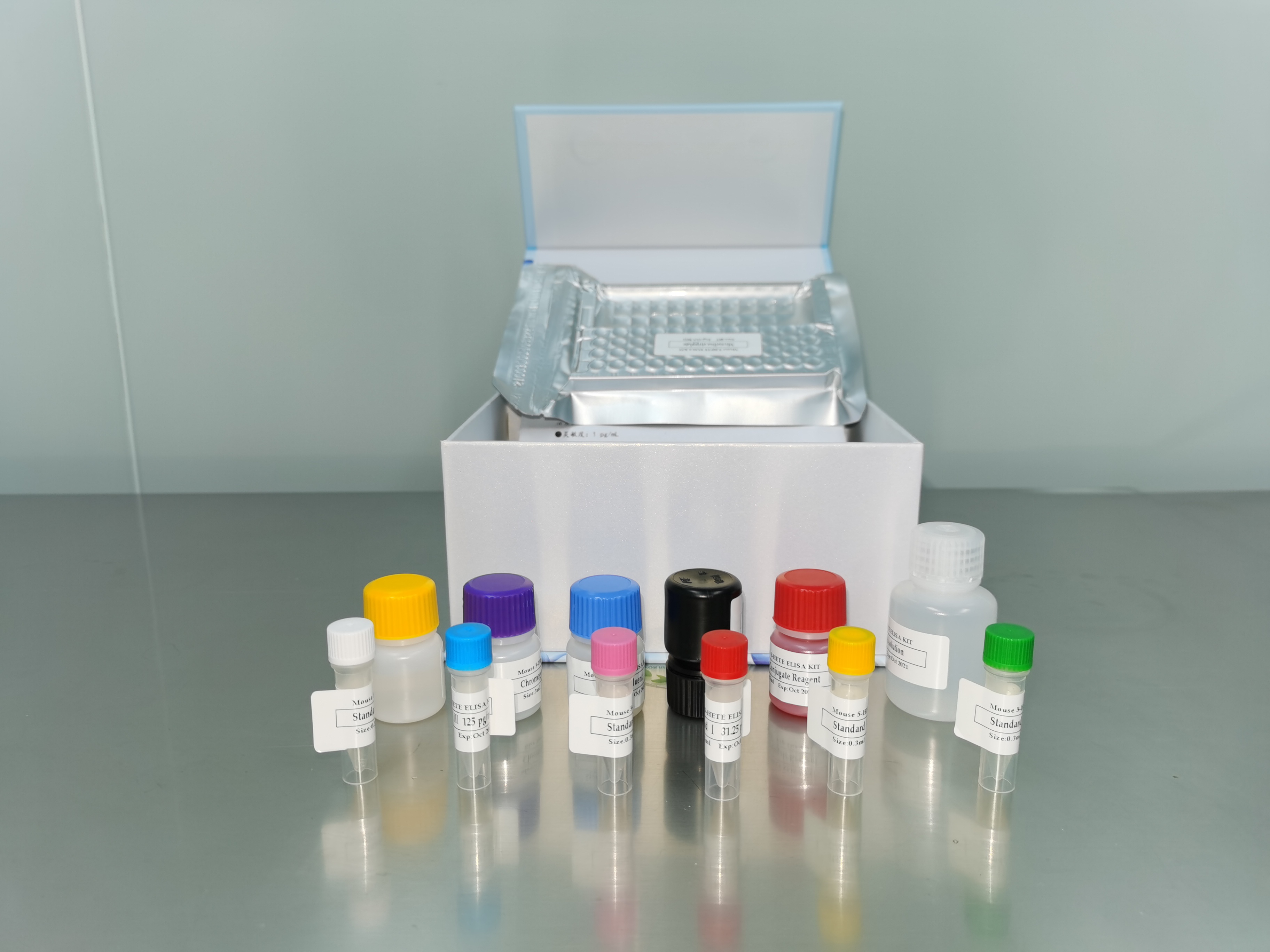| 产品名称: | pDK4 |
|---|---|
| 商品货号: | TS142758 |
| Designations: | pDK4 |
| GenBank Number: | M97755 |
| Species: | Homo sapiens, human |
| Depositors: | SR Grimes |
| Vector: | Construct size (kb): 3.543999910354614 |
| Insert: | DNA: genomic Insert lengths(kb): 0.8579999804496765 Tissue: placenta Gene product: H1 histone, testicular H1T* |
| Insert Size (kb): | 0.858 |
| Media: | ATCC® Medium 1227: LB Medium (ATCC medium 1065) with 50 mcg/ml ampicillin |
| Biosafety Level: | 1
Biosafety classification is based on U.S. Public Health Service Guidelines, it is the responsibility of the customer to ensure that their facilities comply with biosafety regulations for their own country. |
| Shipping Information: | Distributed: freeze-dried |
| Comments: | Some restriction sites not found in the insert: BamHI BglI BglII EcoRI HaeII HincII KpnI NcoI NotI PvuI PvuII SacI XbaI XhoI. Restriction digests of the clone give the following sizes (kb): BamHI/EcoRI--2.7, 0.9; BglI--2.4, 1.2; HindIII--3.0, 0.5; PstI--2.8, 0.75; SmaI--3.5; PvuI/HindIII--1.6, 0.96, 0.66, 0.43; BglI/HindIII--1.4, 1.1, 0.66, 0.43. The insert contains the following restriction sites (bp from the 5 end): AvaI--86, 96; HindIII--477; PstI--166; SmaI--96. The insert is a pcr product amplified from human placental DNA. The insert is in the opposite orientation as lacZ. |
| References: | Koppel DA, et al. Primate testicular histone H1t genes are highly conserved and the human H1t gene is located on chromosome 6. J. Cell. Biochem. 54: 219-230, 1994. PubMed: 8175896 Sidney R Grimes, personal communication |


